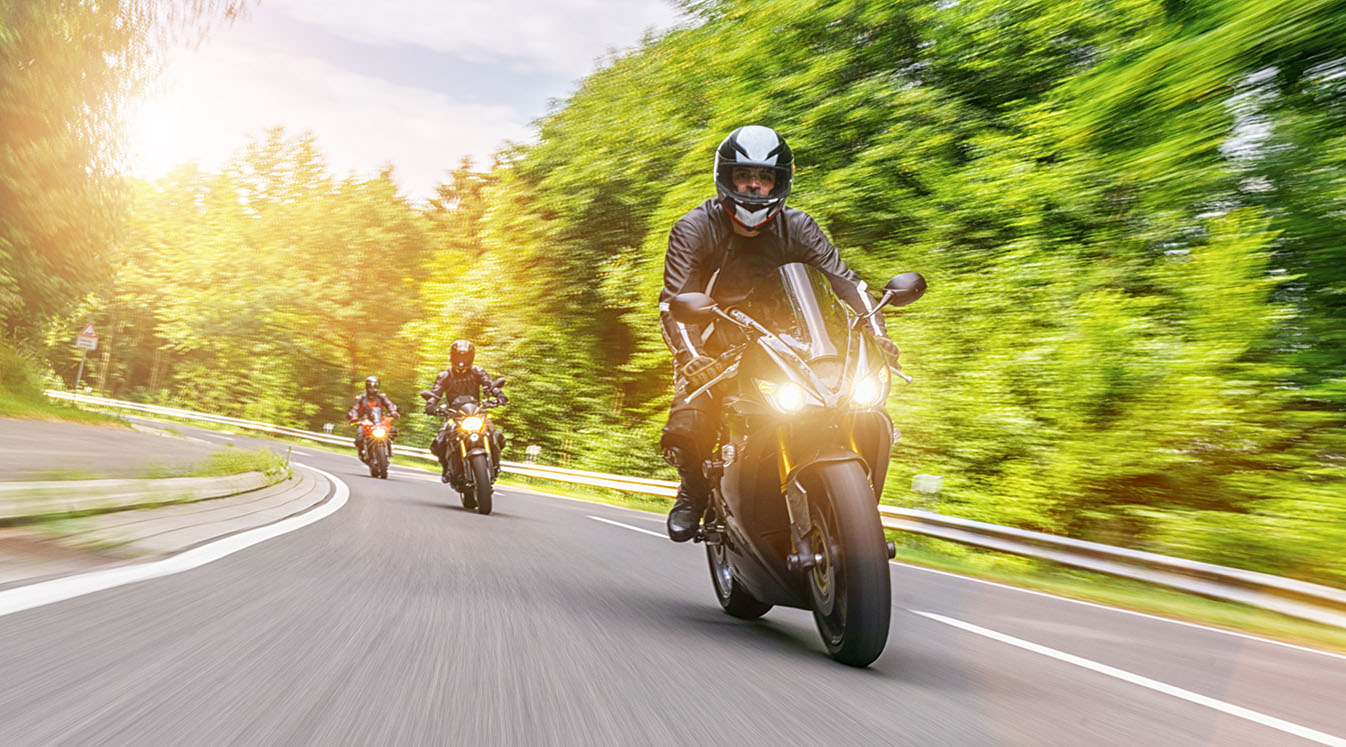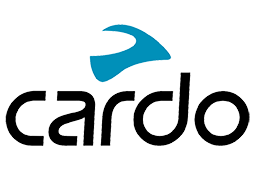
How to Start a Motorcycle Club
Riding motorcycles is pretty much always a blast, whether you’re alone or with friends. However, there’s something about the camaraderie of riding in a group and hearing your friends chattering in your Bluetooth motorcycle helmet that makes it a really special experience. That’s why you’ll find so many motorcycle clubs in the world—groups of people who are passionate about riding and love to do it together.
So, what does it take to start your own motorcycle club? A little bit of knowledge, lots of dedication and some people skills. First, though, let’s establish what we’re referring to when we talk about starting a motorcycle club.
Riding Club or Motorcycle Club?
It’s important to know that there are two types of groups that are sometimes referred to as motorcycle clubs: riding clubs and true motorcycle clubs, often called MCs.
MCs are extremely tight-knit organizations with formal rules, hierarchical leadership, dues paying and a closer-than-blood familial bond among members. Joining an MC is a commitment for life and is never done lightly. MCs wear the classic three-piece biker patch, which non-MC members shouldn’t try to imitate.
Most people don’t start a totally new MC for themselves because it requires the input of existing MCs in the area if you don’t want to create discord between your club and theirs. For the purposes of this article, we’ll assume you want to start what’s actually called a riding club: A group of people who get together with the purpose of riding motorcycles and hanging out. Being a member of a riding club gives you an opportunity to meet and bond with other riders without having to play politics with other motorcycle clubs.
Defining Your Club
Many clubs have some kind of specific identity that ties them together. Think about what you want from your club and consider these questions:
-Will you limit your membership to people with certain types of bikes? Some clubs are cruiser-only or sport bike-only, and some are even limited to a particular brand.
-How many members do you want the club to have? Do you like to keep a small circle, or are you looking for growth into the dozens or hundreds?
-Is your club intended to be a supportive space for people of a certain demographic? Women’s motorcycle clubs, veterans’ motorcycle clubs and LGBTQ motorcycle clubs are all common examples of this trend.
-What do you want your club to do? Some clubs focus on community service, while others are purely ride-centric. Or you may want a club for gearheads who spend as much time in the garage as they do on the road.
-Do you want to make your club a place where beginners can come to sharpen their skills, or do you want to focus on doing challenging rides with expert riders?
-How will your club communicate when you’re on the road together? Today’s motorcycle communication systems offer lots of great options like the Cardo Packtalk Bold.
Maybe you want to accept anyone and everyone into your club, or maybe you want a select group of people. Either way, the important thing is to make it clear what kind of identity your club has and to make it a pleasant and welcoming space.

Starting Your Motorcycle Club
When it comes to starting a motorcycle club, there’s no one right way to do it. But here’s the short and sweet version:
- Learn about the MCs and riding clubs in your area. Find out if there’s already a club similar to yours and think about how you’ll differentiate your club.
- Get your core membership together. Ask your rider friends if they’d like to become a charter member of your new club.
- Come up with your name, logo and branding. This is important for attracting members, so put some thought into creating something that everyone likes. Remember not to make anything too similar to existing club colors in your area.
- File your paperwork to become a registered non-profit organization. This will let you apply for liability insurance and give you other official capacities your club may need.
- Hold your first meeting (virtually, if necessary) and plan your first ride together.
- Host and/or attend riding events. Many clubs do events like charity rides or bike shows to promote themselves and engage with their communities.
- Stay in touch when you’re not on the road through club social media channels.
Note that the ongoing coronavirus pandemic might restrict some activities like in-person club meetings. Always follow the guidance of local health officials on whether it’s OK to have gatherings in person. Bluetooth motorcycle helmet systems can help club members keep in touch during rest stops without the need for face-to-face communication.

Ready to rev up with your friends? A motorcycle club is a great way to do it. Make sure to also see our group ride safety tips to stay safe when you’re out on the road together.
Image Credits
Source: r.classen / Shutterstock
Source: Kekyalyaynen / Shutterstock
